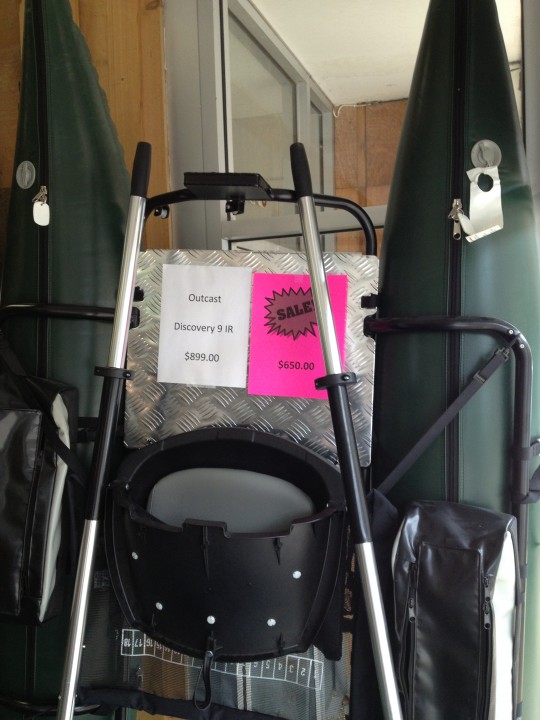
Have you read Osborne Russell’s Journal of a Trapper? If so, you will see that much of his efforts for beaver took place in country just east of the Snake River Plain. That was prime beaver country, and although diminished somewhat, it remains good beaver habitat today. Of course, Russell was not interested in beaver ponds from the fishing standpoint, except maybe for an occasional fish dinner. As fly-fishers, we should be very interested in these which serve as havens for trout in times when low water prevails such as now. Beaver ponds can range from something not much bigger than a puddle to ones that you can literally put a float tube on. See the pic above? That is one on the upper part of Willow Creek. With a six-foot tall dam and water at least that deep, fish can winter over in that resulting pond, and with the abundant food supply grow to very large sizes. That other positive aspect of beaver ponds is that they are great producers of food items for trout. Damselflies, dragonflies, forage minnows, speckled dun mayflies, and especially leeches abound within. From adjacent terrestrial habitat comes an array of insects and such bigger items as field mice. But among these leaches in good number, perhaps are the most important because they are easy protein meaning no exoskeleton, bones, or hair to be digested, just flesh. How does one judge whether or not a particular pond holds fish? Give them a try, of course, but there are outward signs that help. Depth is key, so look for it. An inlet creek of perennial or near perennial flow with little gradient is necessary. Another is the presence of the food forms identified above. Look also for cover such as the snags seen in the picture above, bank side willows, and tall grasses.
In what regional drainages can one best find these ponds? Take a tip from Osborne Russell’s travels. Willow Creek drainage, especially upper and middle reaches has plenty. So do tributaries Cranes Creek, Grays Lake Outlet, and Brockman Creek. Not too long ago some of these hosted brown trout ranging to double figure poundage. These fish have diminished because of drought and management policies which favor sustaining native cutthroat trout. But in a few of these big browns remain with cutthroat growing to large sizes. Willow Creek drainage is only the western end of great beaver pond country. Bear Creek and Fall Creek host some excellent ponds. So does McCoy Creek in upper reaches and it tributaries such as Clear Creek. Further downstream on the South Fork reach of the Snake River, Pine Creek has beaver ponds along State Highway 31. On Palisades Creek, one finds them on the creek just above lower Palisades Lake. Big Elk Creek is pretty much free of beaver ponds mainly because of gradient. To the east, Idaho streams draining into the Salt River: Jackknife, Tincup, Stump Creek, and Crow Creeks all host beaver ponds. Some tributaries such as South Fork of Tincup Creek and Sage Creek are also worthy of attention. To the south, some Portneuf River and Blackfoot River tributaries such as Toponce Creek and Diamond Creek respectively. Brush Creek a tributary to the lower Blackfoot River has many. Away from this area, Sinks drainage streams including Beaver Creek, Camas Creek, Little Lost River, Sawmill Creek and Medicine Lodge Creek tributaries have worthy ponds. In the Henry’s Fork drainage Rock Creek, Partridge Creek, Squirrel Creek and others have beaver ponds.
What is makes a good strategy for fishing beaver ponds. Early in the season before they weed up an intermediate line will get your leech pattern to depth in the large ponds. Throughout the season a floating line works for small ponds. All these ponds will weed up as the season goes into summer. This makes presentations anywhere with a floating lines best. Look for overhead cover as described above. Look for creek channels within the pond for presenting leech patterns. Fish around inlets and springs. Black or olive themes seem best. Just tie or buy your favorites in those colors. Purple is coming on as an effective color for leech patterns. Notice I seem to emphasize leech patterns, and that is because of the “easy protein” theory (same applies to earthworms and annelids) but dry damselfly and dragonfly patterns can be exciting to use. For sure the most exciting of all is that hair mouse pattern. Swim it along the surface under low light conditions such as twilight if you are convinced large trout are present. If all this wets your appetite for more information, stop by the shop where we can provide much more.


